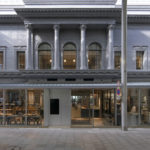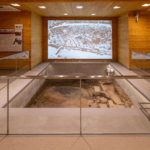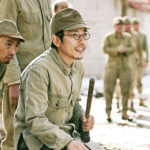Atomic Bombed Trams that supported the reconstruction of Hiroshima Part 1 “Car No. 651”
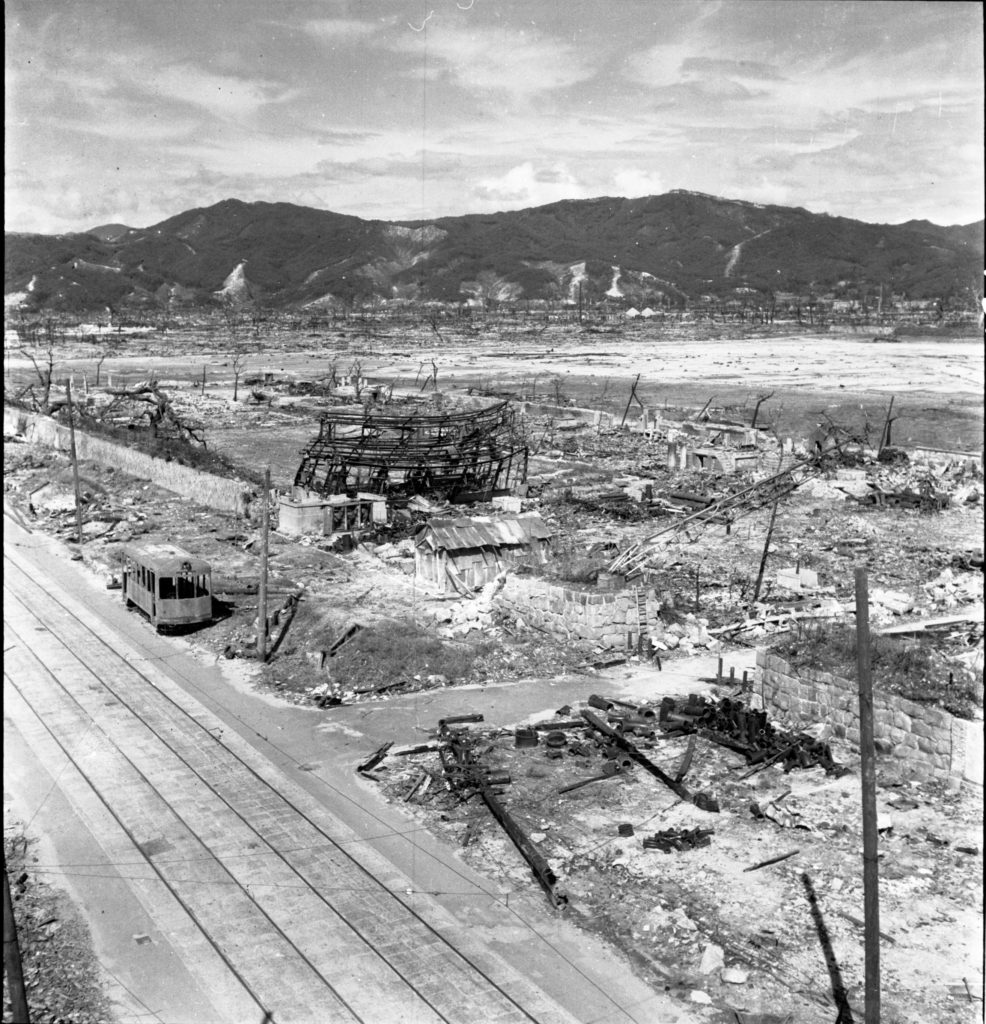
(Photo by Shigeo Hayashi, courtesy of the Hiroshima Peace Memorial Museum)
On August 6, 1945, a single atomic bomb destroyed the entire city of Hiroshima. On that day alone, more than 53,000 people were killed. By the end of the year, it counted up to around 140,000.
The tramway, which is still one of the symbolic scenes of the city of Hiroshima, was also devastated. However, just three days after the bombing, some sections of the road were restored, and trams were back in operation. Many of the A-bombed trams were later repaired as well, to serve as a chief means of transportation.
The trams that were restored despite being exposed to the bombing were eventually called “A-Bombed trams” and has supported the city of Hiroshima as it began to move forward. Three A-bombed trams are still running in this city. In this article, I would like to introduce one of them, car No. 651.
Car No. 651, the latest model on the day
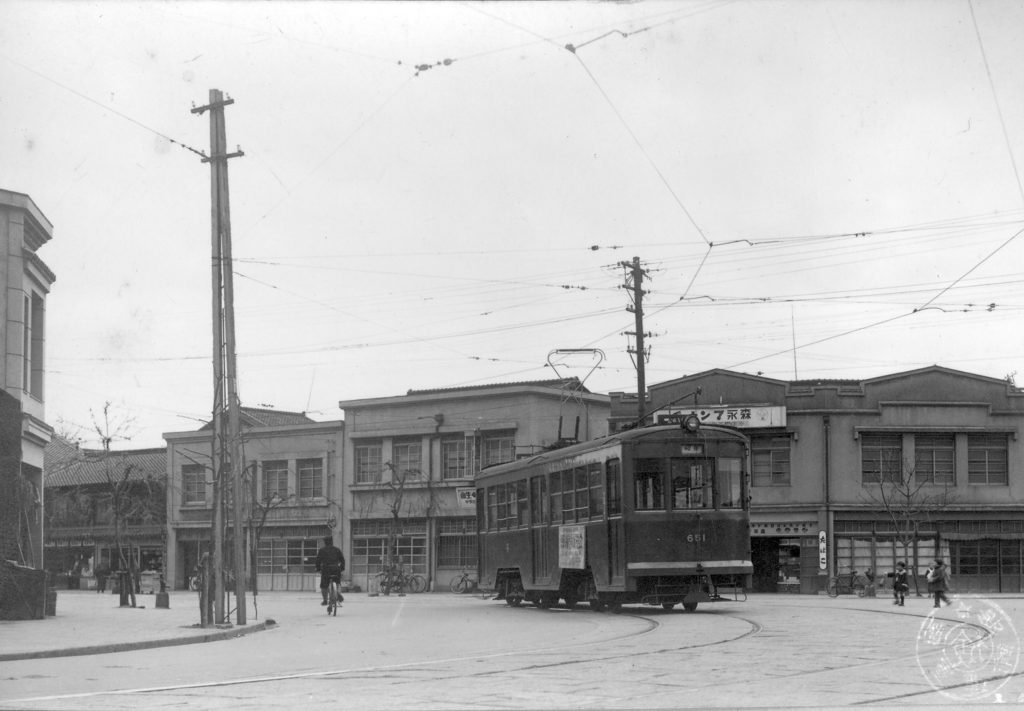
(Caption) Car No. 651 running near Tōkaichi, Naka Ward, Hiroshima City, in 1943
(Courtesy of Hiroshima Electric Railway)
The “650 series” that No.651 belongs to was ordered by Hiroshima Gas & Electric Railroad Co., Ltd. (which is now known as Hiroshima Electric Railway) It was built by the Kinan vehicle in Osaka, during the war. The square and rounded body looks classical now, but the design was rather modern when it was completed.
At that time, many tram crews were sent to the war as soldiers, and this caused a manpower shortage in tram operations. The “650 series” was built under the idea of using a large carriage to transport a lot of people at once. The most important feature was in the bogie cart, which is now widely used in vehicles like Shinkansen or other bullet trains. The bogie cart swings from side to side along the curve of the rail, and that makes it easier for large vehicles to go around curves.

(Photo by KISHIDA Mitsunori ,courtesy of KISHIDA Teppei )
On the day of the bombing, No. 651 was running around the Chuden-mae area in Naka Ward, about 700 meters from the hypocenter. All the roof and doors were blown off and the half-burned carriage was captured as the photograph above.

No. 651 was repaired and returned to work in March 1946, about a half-year after the bombing. It is said that many citizens were encouraged by the sight of the tram running powerfully through the city.
Since then, the 651 has been reformed to meet the needs of the times, and it is still in operation today. This A-bombed tram may be the car you usually see in Hiroshima, the car you use for commuting or shopping. We hope that you can feel the breathing of the living witness that has run through the era from the middle of the war to the post-war modern.
(This article is based on the following book.)
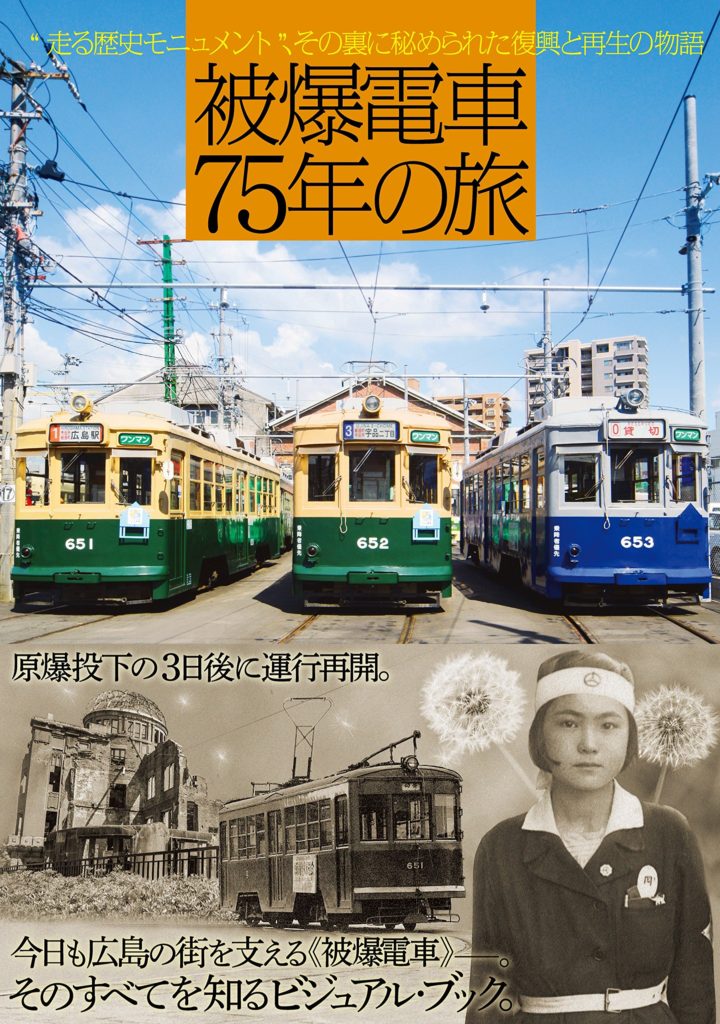
A-bombed streetcars: 75 years in the making (Only Japanese is available)
(published in 2017)
In cooperation with Hiroshima Electric Railway
Price: 2,500yen + tax
ISBN: 978-4862505279
Introducing the Peace Study Project
Learn about Hiroshima’s reconstruction: Hiroshima’s path to reconstruction
The booklet, “Hiroshima’s path to reconstruction” explains how Hiroshima was rebuilt after the atomic bombing.
Learn about Hiroshima’s reconstruction: Hiroshima’s path to reconstruction
To know the experience of being a driver as a young girl in 1945 through Manga
You can read a grandmother’s experience of being a driver as a young girl, drawn as a manga by her granddaughter.
To know the experience of being a driver as a young girl in 1945 through Manga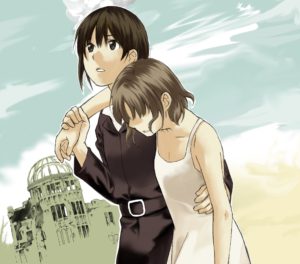
Tags associated with this article



